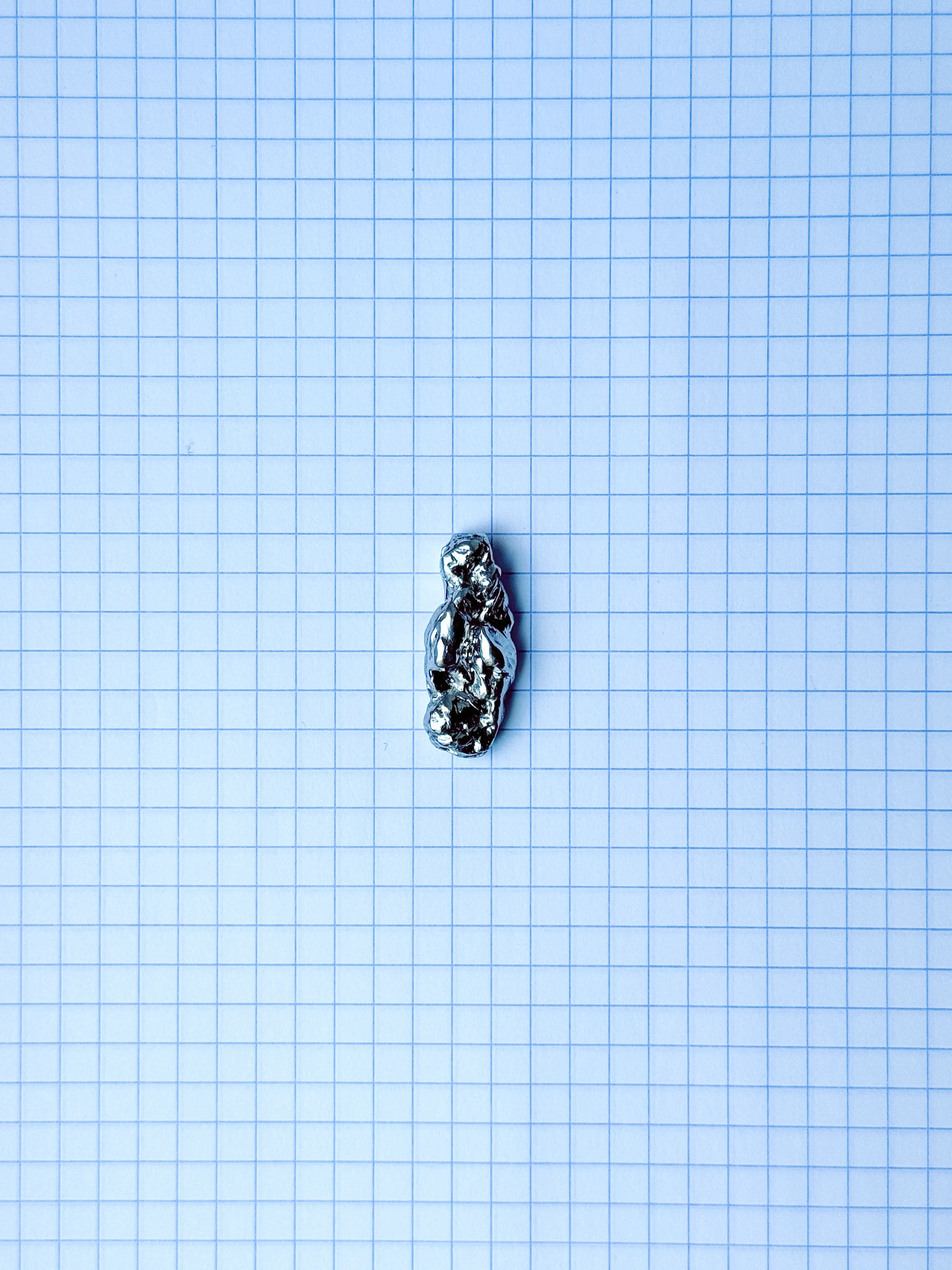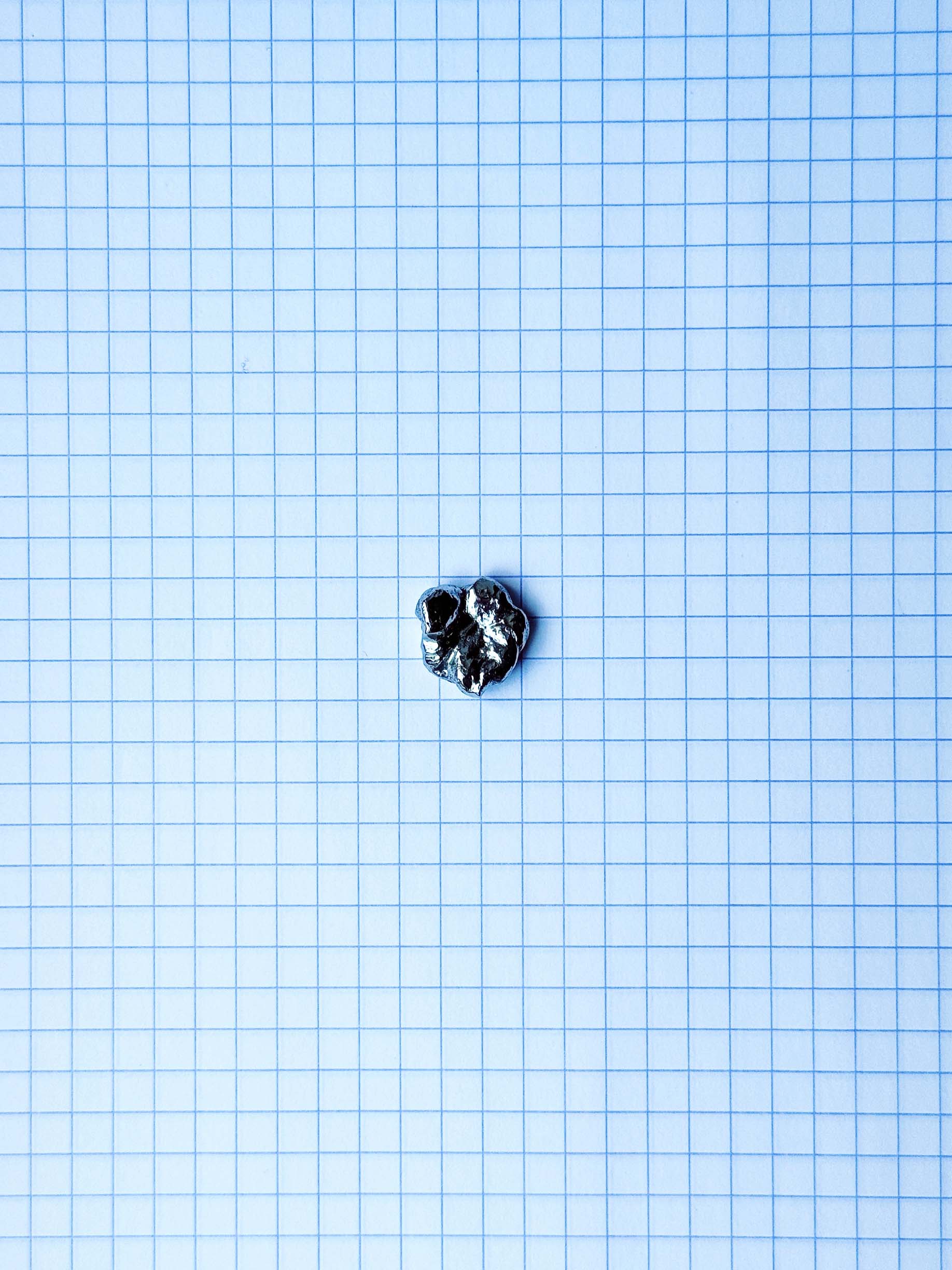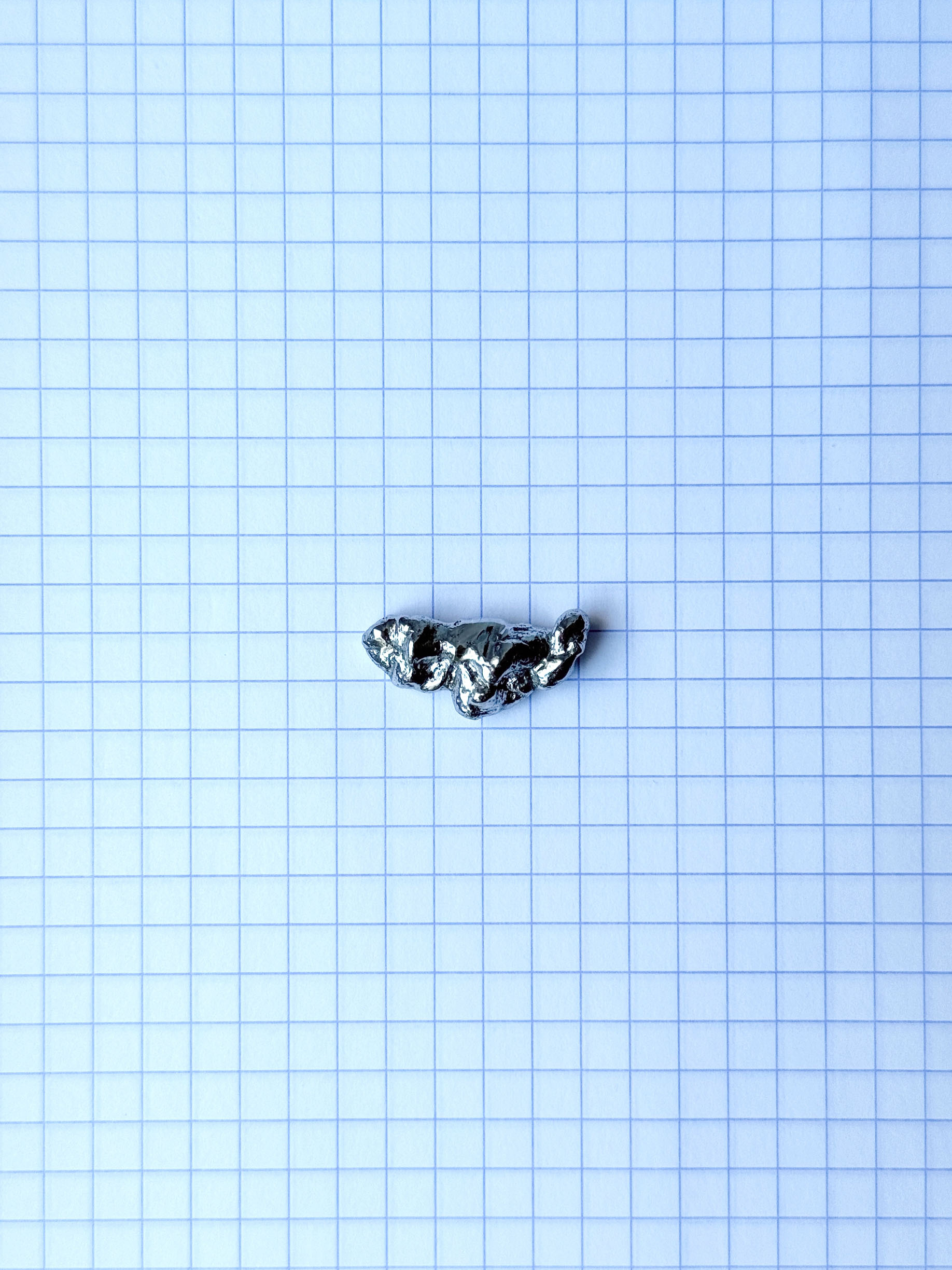NEWSNEWSNEWSNEWS
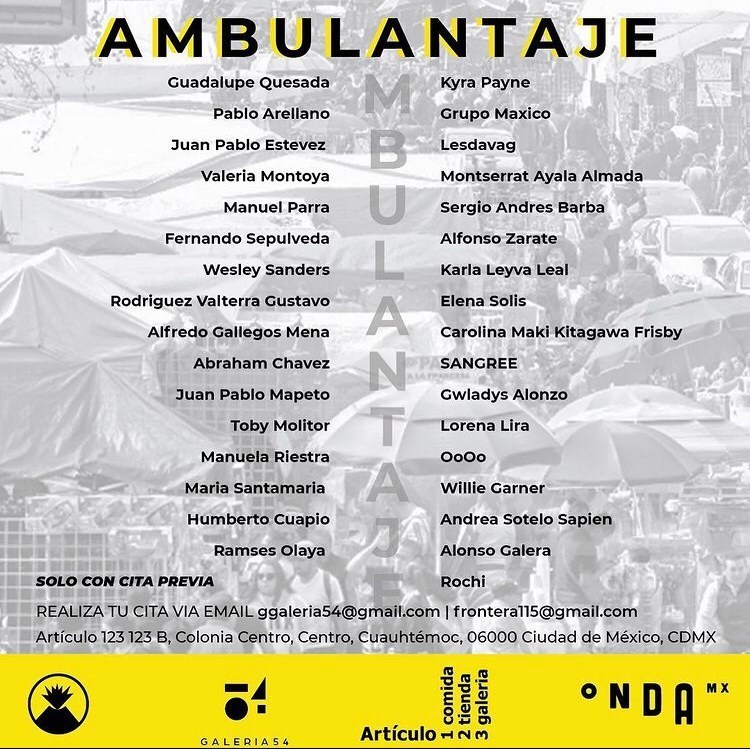

2021, Friendly Capitalism Lounge, NEUROTITAN, Berlin, Germany

2021, donation initiative ÄGGF/BZgA/DeutscheAidshilfe x BeateUhseBag


In 2019, Tobias Molitor started documenting used plastic bags in the silkscreen technique. The idea is to research and document 100 plastic bags from around the world, reflecting on the phenomenom of consumption and its impact in all areas of life.
Famous and unknown brands underline the idea of the endless concept of consumerism. The number 100 stands for the statistical size (n), a sample size which is taken in order to understand and observe a larger population in a research. With every print of the plastic bags an individual story is revealed. This project is a work in progress.
![]()
Famous and unknown brands underline the idea of the endless concept of consumerism. The number 100 stands for the statistical size (n), a sample size which is taken in order to understand and observe a larger population in a research. With every print of the plastic bags an individual story is revealed. This project is a work in progress.
The Aldi bag marks the start of the project. Designed by the artist and printmaker Günter Fruhtrunk (1923 - 1982) in the 70s, this plastic bag is also referred to as “most well known-unknown artwork in the country”, according to the newspaper “Süddeutsche Zeitung” because only a few people know the relationship between the shopping bag and modern art.






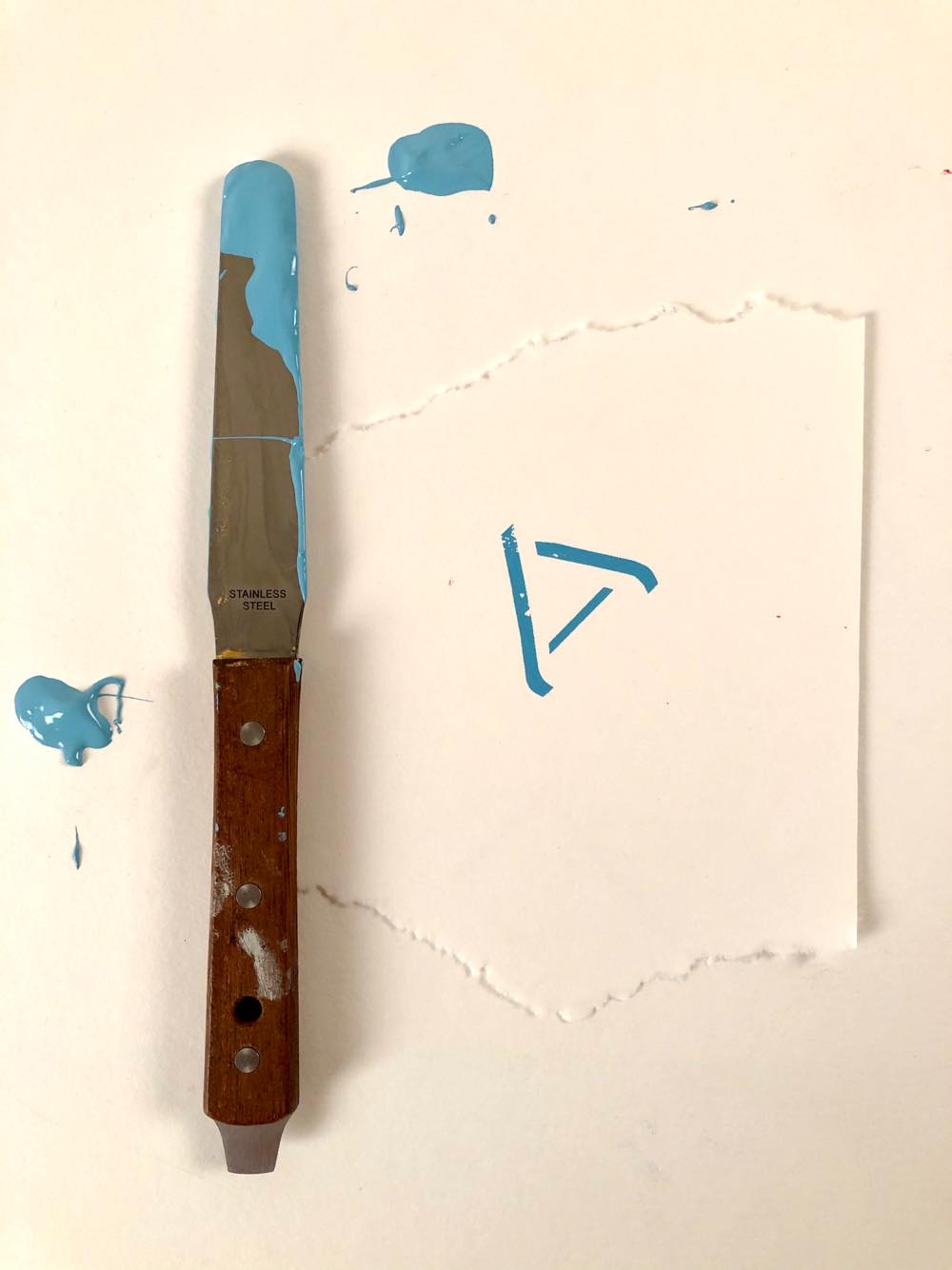



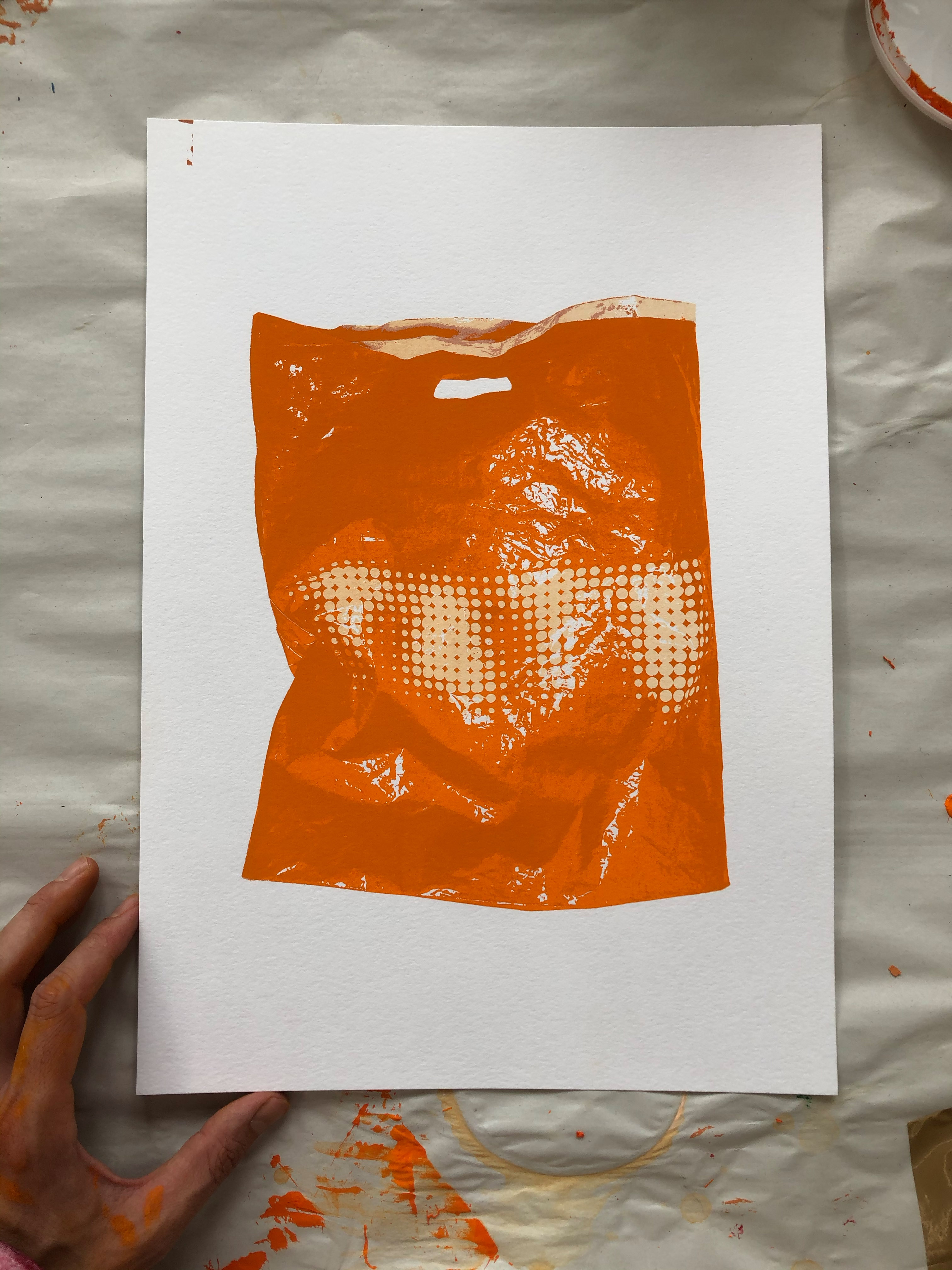


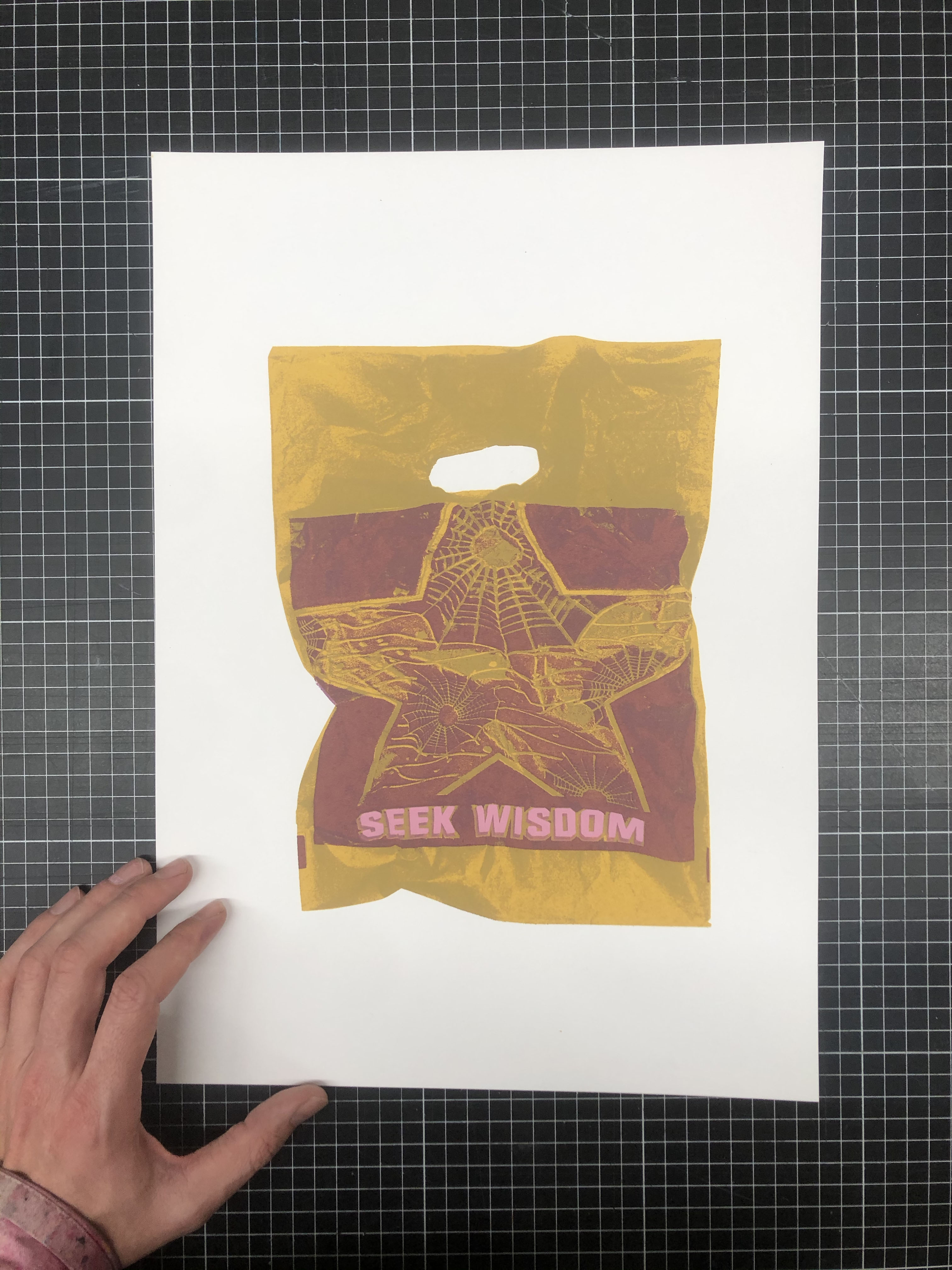
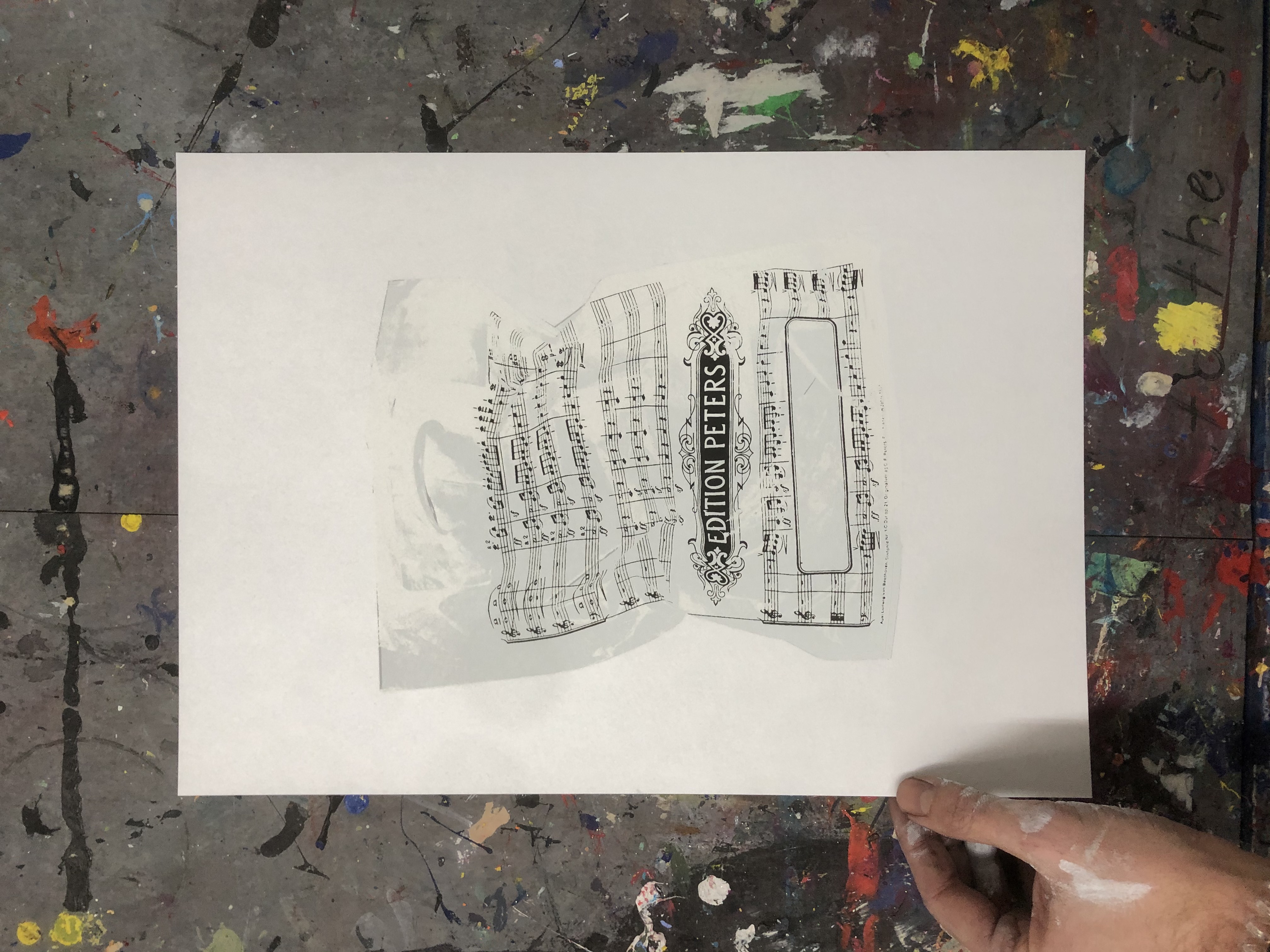
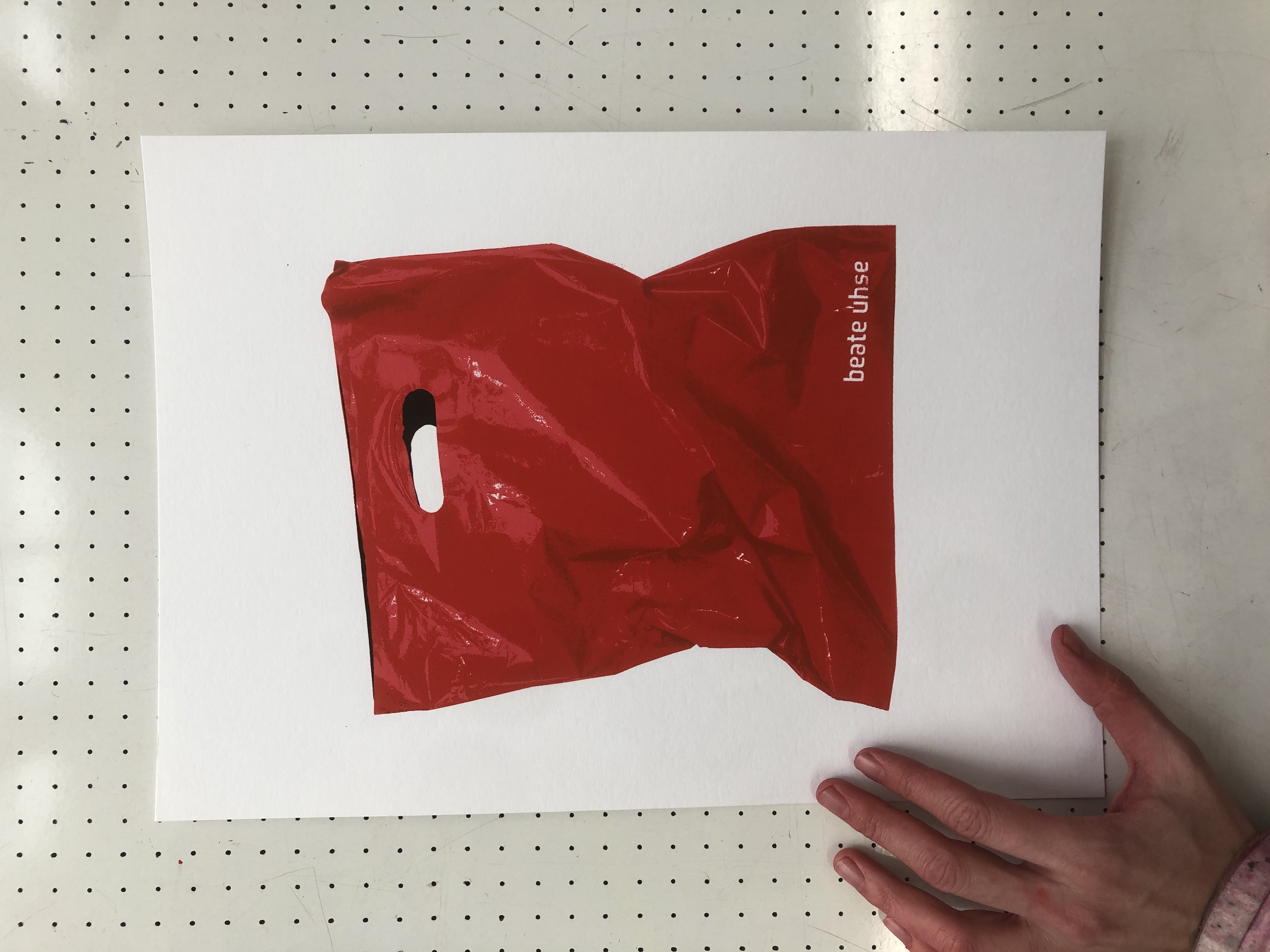







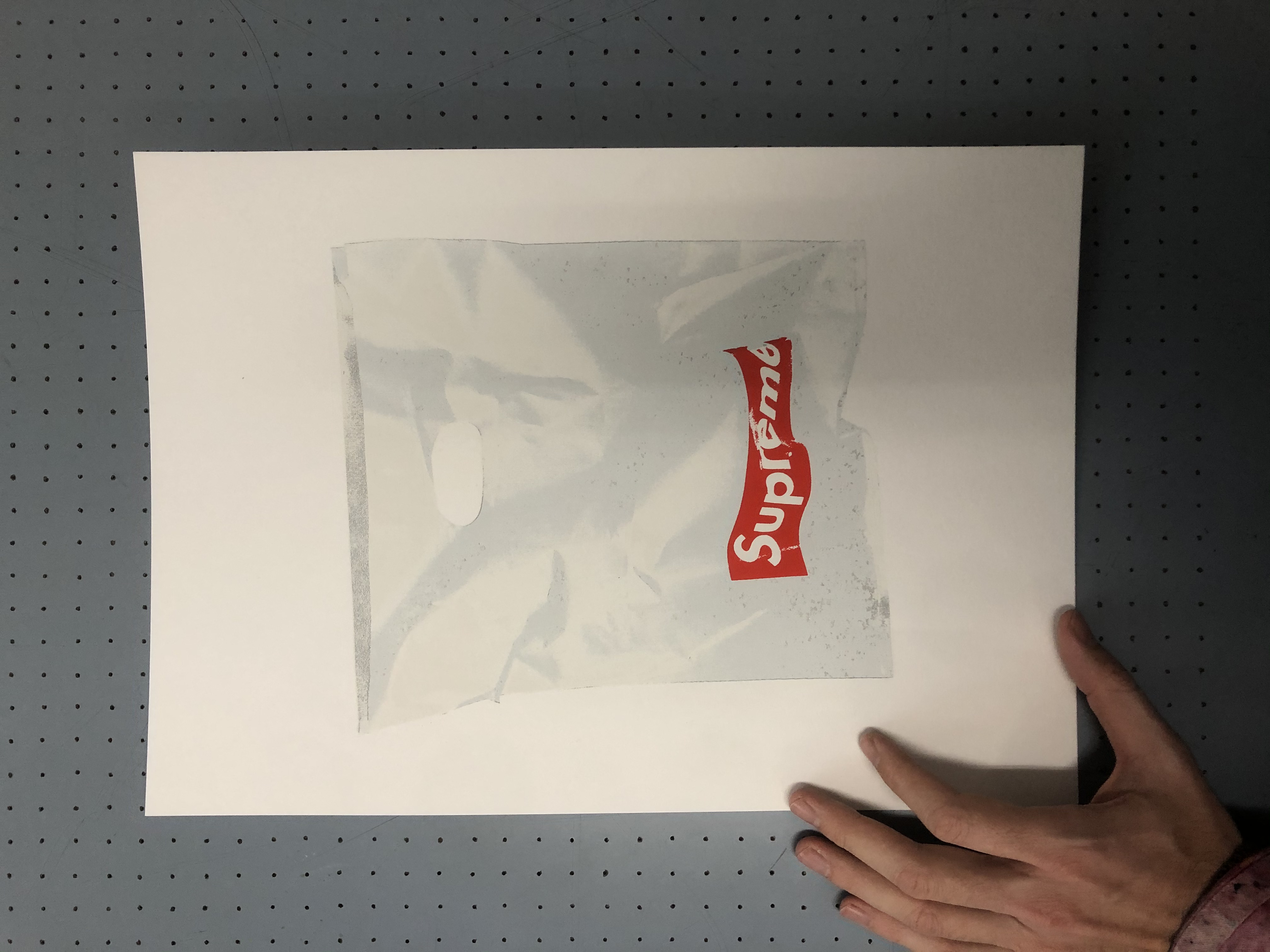
Skateboard Stories is an artistic investigation into the life cycle of a used skateboard and the narrative embedded within its traces. Over a period of eight months, a single pre-stickered skateboard was passed among different riders, each using it within their own habitual environment. The board served as a shared medium—an instrument of movement and expression—while simultaneously recording the marks, impacts, and abrasions of collective use.
Each trick performed left subtle evidence of encounter: the gradual erosion of color, the layering of scratches, the fading of surface gloss. These transformations were documented photographically and became the foundation for a silkscreen edition. Three specific moments—beginning, middle, and end—were selected to form a triptych at the original scale of the skateboard deck, encapsulating the visual and temporal evolution of the object.

In this series of miniature sculptures, chewed gum — a material of fleeting, bodily intimacy — is transfigured into permanence through the casting of Chromium-Cobalt-Molybdenum alloy, an industrial metal known for its use in prosthetics and dental applications. What begins as a soft, disposable remnant of everyday consumption is solidified into an enduring relic, merging the organic gesture of the mouth with the precision of metallurgical craft.
The process captures a moment of transformation from the ephemeral to the eternal: traces of human presence become sculptural fossils. The gum’s original elasticity, shaped by the unconscious choreography of chewing, is translated into metallic form, preserving the imprints of touch, pressure, and rhythm. Each object becomes a record of an intimate performance — a personal, bodily act rendered in the language of industrial production.
